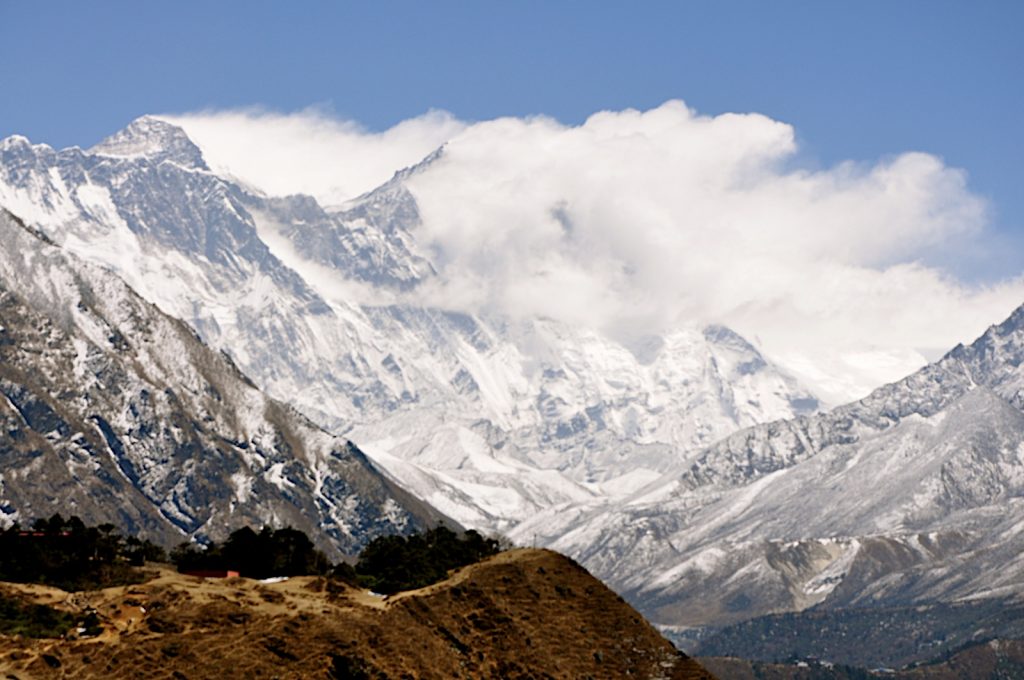Over the past year it has become increasingly evident that the government in Nepal has been making decisions that are going to have a long term impact on the mountaineering landscape within the country. First, they changed the pricing scheme on Everest in which they did away with flat-fees for permits and started charging all climbers $11,000 no matter how many people were on the team. This was sold as a reduction in cost, but in reality it is an increase as most teams had no problems filling their permits, making it less expensive for everyone involved. Now comes word of further changes to regulations that could make small, low-budget expeditions a thing of the past.
In an article posted to the Himalayan Times a few days back it is revealed that all climbing teams will now have to pay a fee of US$10,000 for search and rescue insurance, and an additional US$7,000 for medical insurance too. On top of that, all teams will also be required to hire two full-time climbing support staff as well, bringing the costs up further.
These new regulations make some sense for large teams going to mountains like Everest or Annapurna, but the costs would be crippling to small groups of climbers attempting lesser peaks in Nepal. These regulations apply to everyone equally however, which means that the days of a small team climbing in the Himalaya on a budget could soon be over.
The article indicates that the Nepal Mountaineering Association, which is led by Ang Ushering Sherpa, has already asked the Nepali government to revise the rules for smaller groups climbing on one of the less dangerous peaks. What the outcome of that request will be remains to be seen.
Small teams of climbers working together on a low-cost expedition has been a part of mountaineering for decades. These new regulations could cripple those types of efforts in Nepal however, and potentially send climbers to other countries seeking more affordable experiences.
These ongoing adjustments to regulations and pricing make it clear that Nepal’s government isn’t particularly interested in accommodating foreign climbers, but is only looking for ways to make more money. Considering the political climate there in recent years, this shouldn’t be a surprise. Still, they may be making decisions that will impact the long-term fortunes of the climbing community there, although they seem to be operating under the assumption that as long as people continue to come to Everest, they’ll be fine.
- Gear Review: The Xero Scrambler Mid is an Ultralight Hiking Shoe for Spring - March 1, 2023
- Gear Review: Yeti Roadie 48 Wheeled Cooler - August 18, 2022
- Kristin Harila Continues Pursuit of 8000-Meter Speed Record - August 16, 2022
